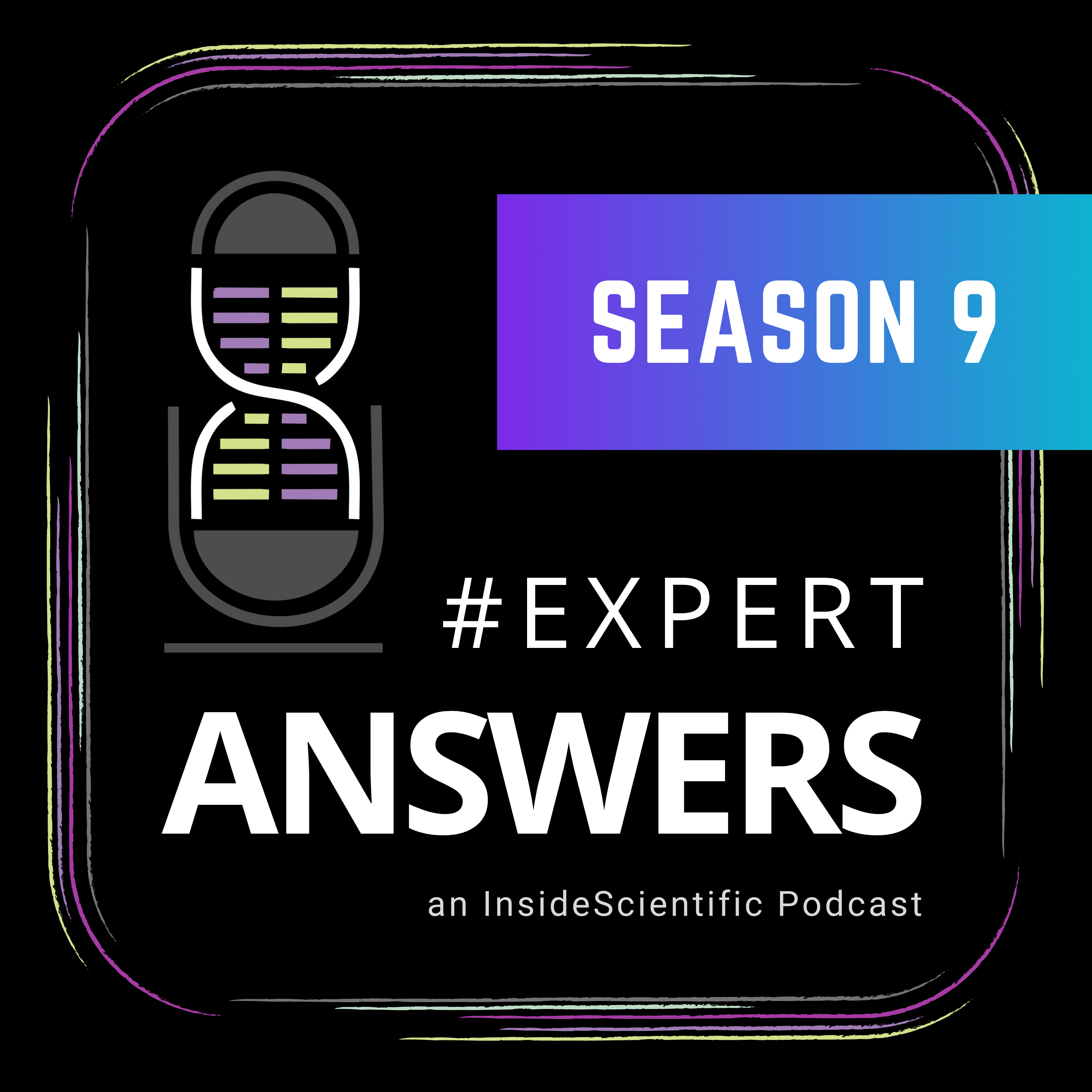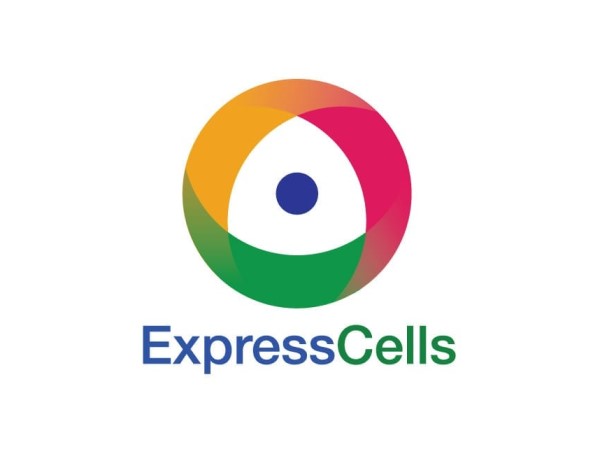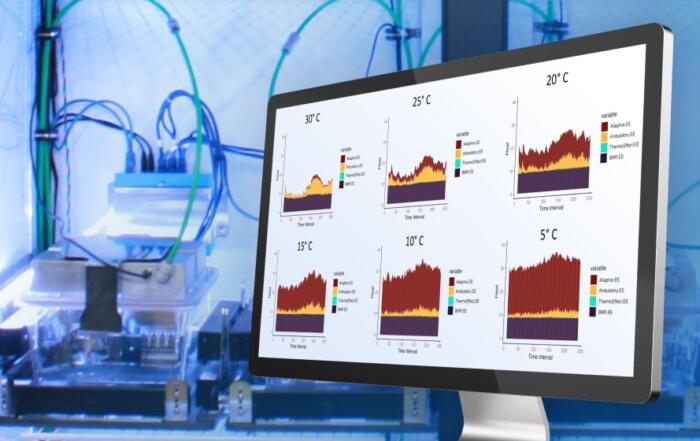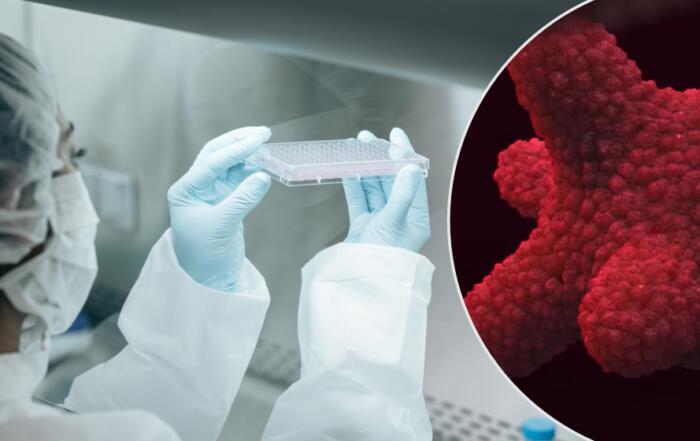In this webinar, Oscar Perez-Leal, PhD, and Jon Weidanz, PhD, share insights into ExpressCells’ FAST-HDR gene editing system and highlight how it compares to traditional methods.
Highlights
- Current challenges in creating custom cell lines.
- The technology behind ExpressCells’ FAST-HDR gene-editing system.
- Examine several case studies using gene-edited cell lines.
Webinar Summary
Dr. Perez-Leal begins this webinar by discussing the drug discovery process and the importance of cell lines in developing novel therapeutic agents. Cell lines are crucial for in vitro research as they provide a reliable and inexpensive way of modeling pharmaceutical effects. As organoids become more commercially available to researchers, the use of cells in drug development becomes further relevant since organoids typically simulate human conditions better than animal models. However, strong imaging modalities are required to view these cellular responses.
Typically, stained cells are viewed by high content imaging (HCI). While HCI is extremely powerful at analyzing a high throughput of cells, it requires cell fixing and antibodies, and is not optimal for studying live cells. Technological advances such as CRISPR have improved upon this process as live cells can be visualized with fluorescent tags. However, CRISPR is not without its flaws, as creating a donor plasmid to transfect cells typically takes three weeks, while another four-to-eight weeks are required to isolate a line of pure, tagged cells. The FAST-HDR gene editing system by ExpressCells offers a solution to this problem, as it can tag up to three different proteins far more quickly than traditional methods.
“Our approach was to develop a plasmid system for homologous donor recombination that was easy to assemble in a single reaction… and we included antibiotic selection genes that can only be expressed if the genetic insertion occurs at the cytogenomic region.”
While ExpressCells can tag any cell line, they have also developed their own custom lines that can be used for a wide variety of applications. Dr. Perez-Leal highlights two of their cell lines in this webinar: one that identifies the inhibition of autophagy, and one that helps model microtubule dynamics as an anti-cancer target. He also discusses several other applications of the FAST-HDR system, such as visualizing live cells by HCI, tracking endogenous targets, studying the mechanism of action of novel compounds, and tagging proteins with non-fluorescent tags. While this technology has the potential to greatly speed up the drug development process, it does have a few limitations. For example, the selected cells must actively express target proteins and be a good host for DNA transfection.
In the second portion of this webinar, Dr. Weidanz shares his research that led him to ExpressCell’s FAST-HDR technology, and how the team helped him overcome some of the challenges he faced. Dr. Weidanz has primarily focused on the major histocompatibility complex, which presents peptides to specific T cells or T cell receptor-like antibodies. These antibodies are often used for diagnostics and therapeutics, and have very fine binding specificity. Dr. Weidanz wanted to introduce a single amino acid mutation in the delivered peptide to demonstrate this binding specificity, but his team did not have the experience to do so. Therefore, he reached out to ExpressCells, who offered him a rapid timeline for delivering the knock-in mutation at a competitive price. The scientists at ExpressCells worked diligently to create his customized cell line, despite several difficulties in the developmental stage.
“We selected ExpressCells really because of their fast homology-directed repair technology and expertise. … We felt very confident that we were in good hands.”
Click to watch the webinar recording. To view the presentation full screen simply click the square icon located in the bottom-right corner of the video viewer.
Resources
Q&A
- How do you prevent the tag from interfering with protein function?
- Was the problem with electroporation and lipofectin solved?
- What types of cell lines have you been able to modify with the FAST-HDR system?
- How would you handle a very low expressing protein?
To retrieve a PDF copy of the presentation, click on the link below the slide player. From this page, click on the “Download” link to retrieve the file.
Presenters
Assistant Professor
Pharmaceutical Sciences Department
Temple University School of Pharmacy
Founding Director
North Texas Genome Center
University of Texas at Arlington










